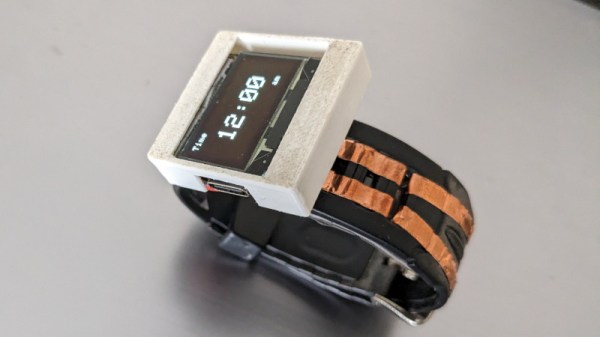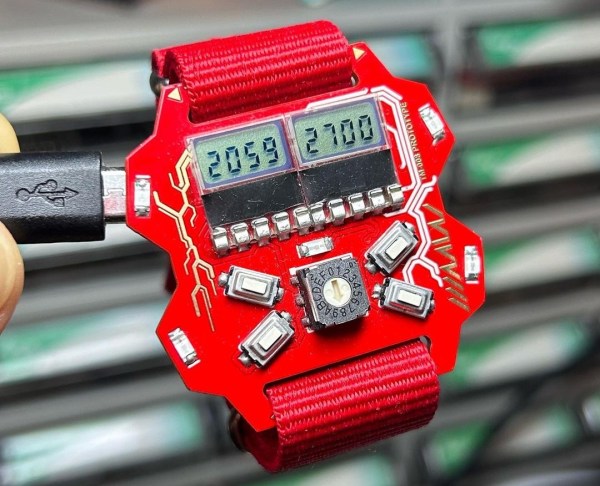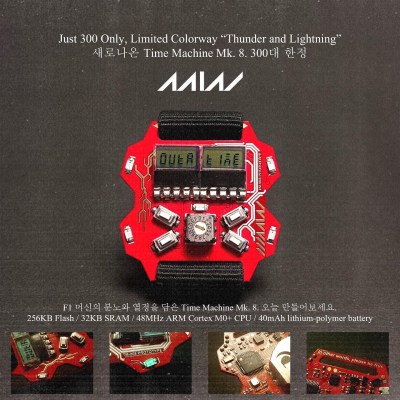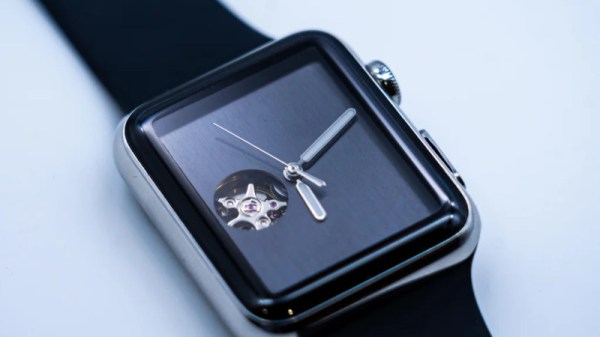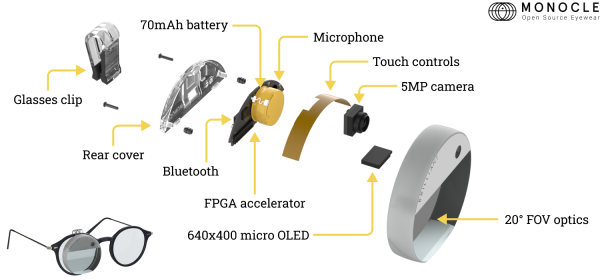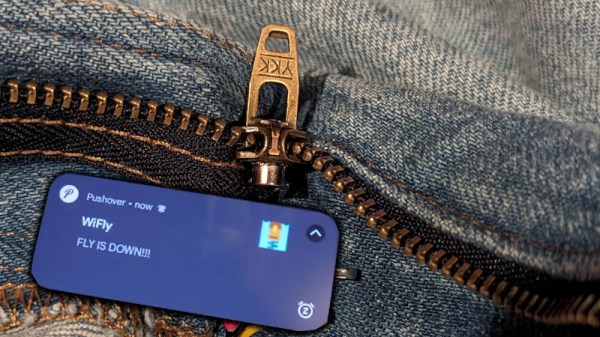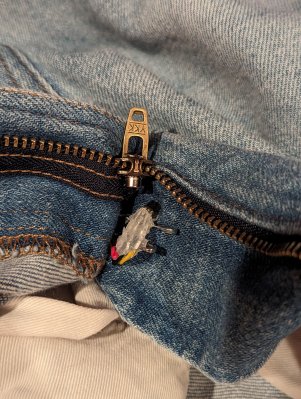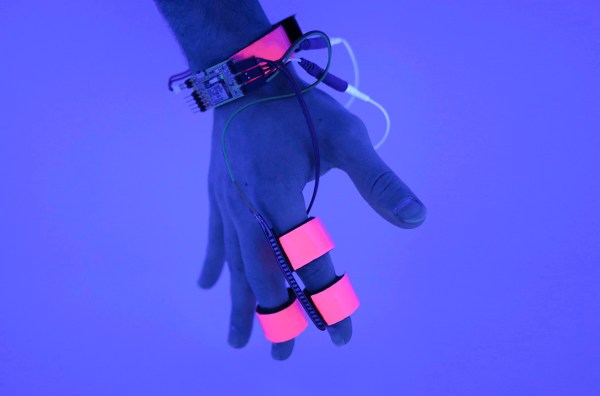Over the last five to ten years, smart watches have become fairly ubiquitous, with the Apple Watch being among the most prominent of them. Not everyone wants or needs all of the capabilities of these devices, though; plenty are still opting for simpler devices which only have a few functions built into them. [Josh] has been working on one of these devices but takes a major design cue from their smart counterparts with the addition of gesture controls for the watch built into the wristband instead of relying on a more traditional button interface.
The watch hosts most of the functionality of a non-smart digital watch, with a timer, alarms, and a stop watch built-in. To change the time or access any of these functions, a combination of resistive and capacitive touch sensors are built into the wristband near the watch face. The combination of sensors aims to use the benefits of either type of sensor, with the capacitive sensors being used for precision and gesture recognition and the resistive sensors being used for pressure sensitivity. Placing these sensors in the band instead of the watch face improves visibility as well, since the screen won’t be obscured by the user touching the screen.
[Josh] originally intended this type of watch to be used for those with prosthetics or other disabilities which would limit the ability to use standard watch buttons or interact with a touch screen on the watch face itself. The device is working quite well as can be seen in the video linked below, but is still in the prototyping phase and under active development. For finishing up the final versions, we’d recommend taking a look at the design of these open-source smart watches for their high quality fit and finish.
Continue reading “Watch Hides Gesture Controls In Wristband”

